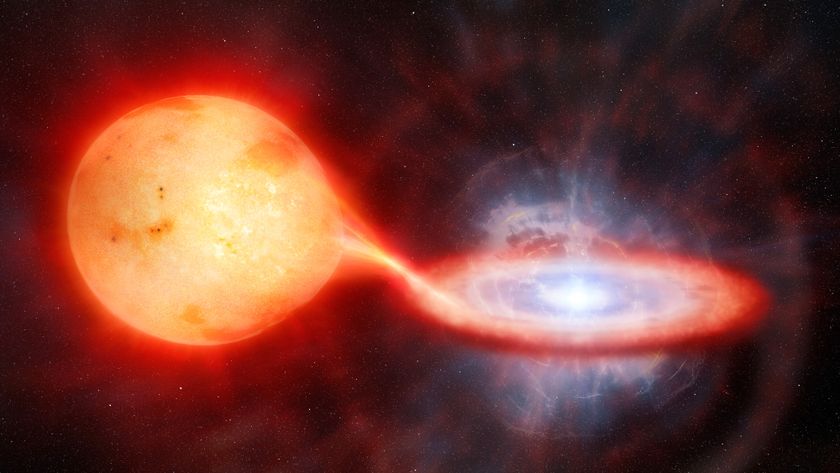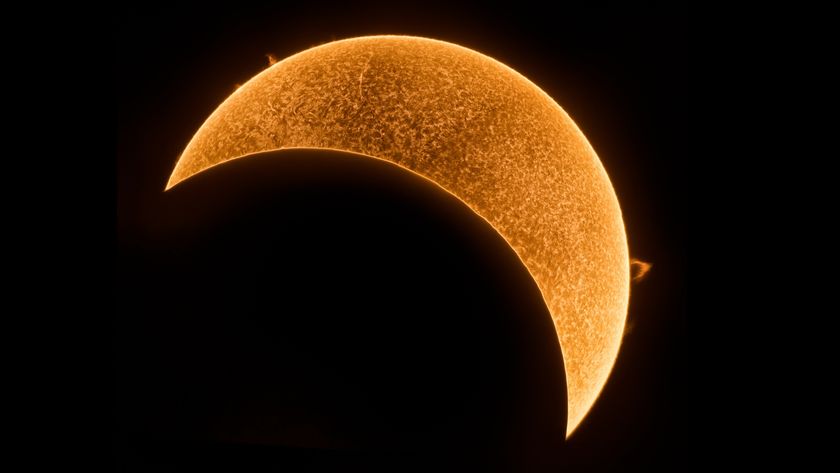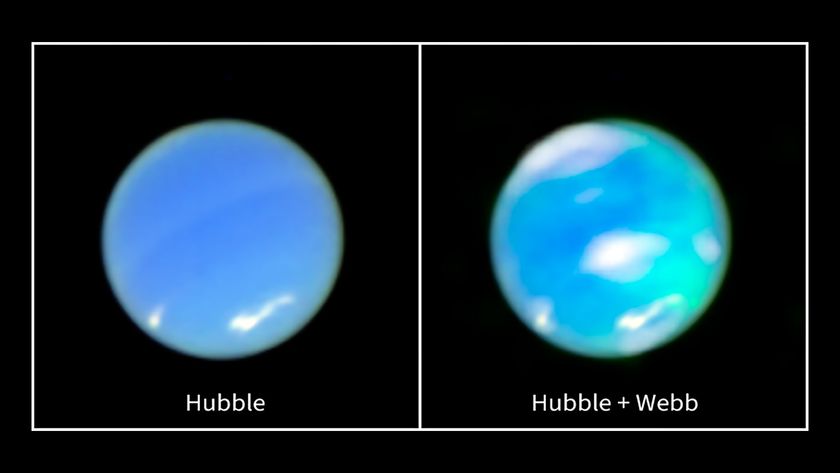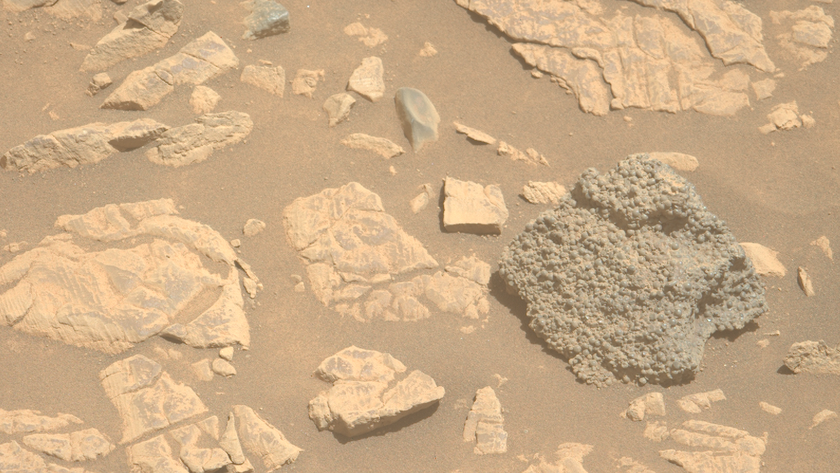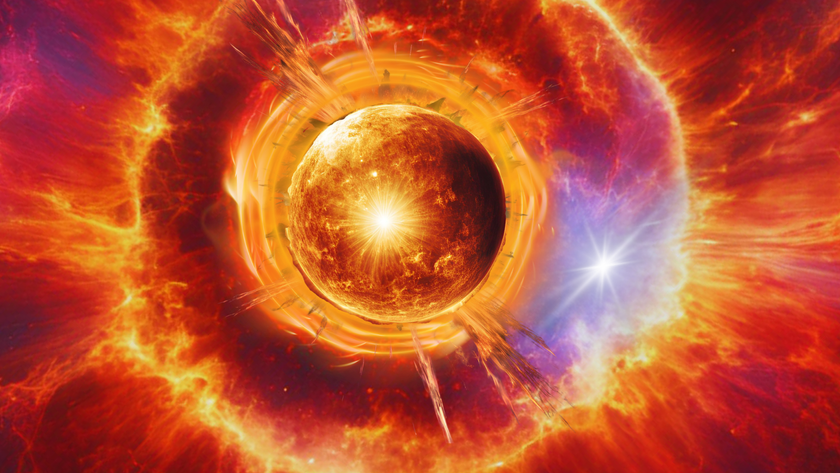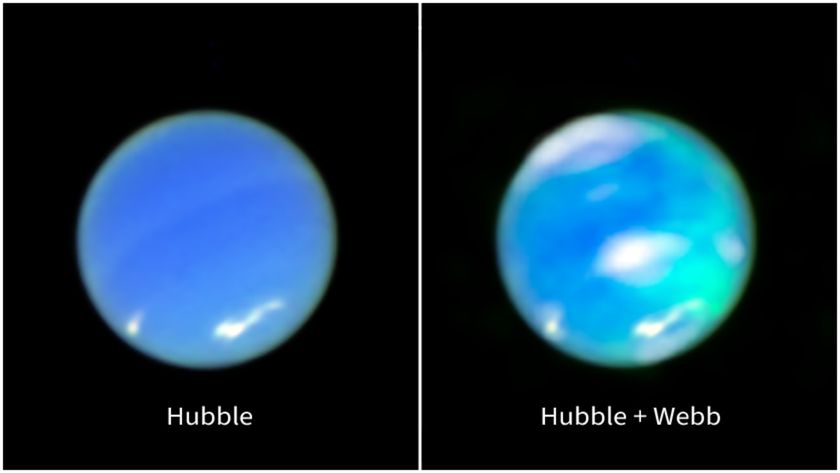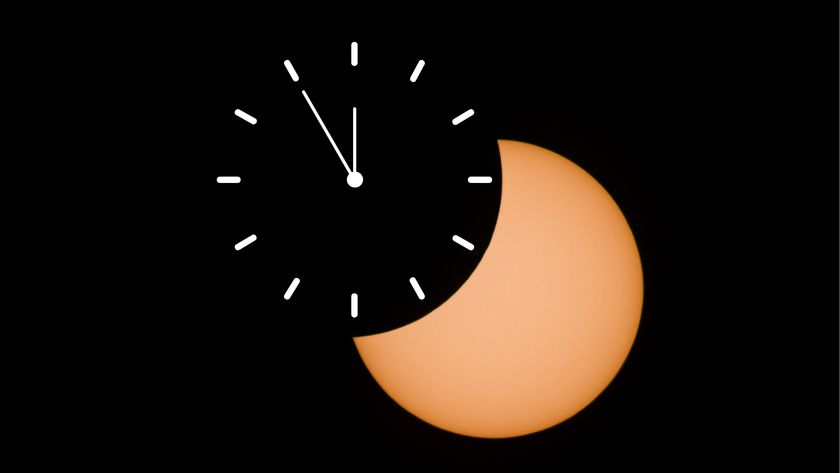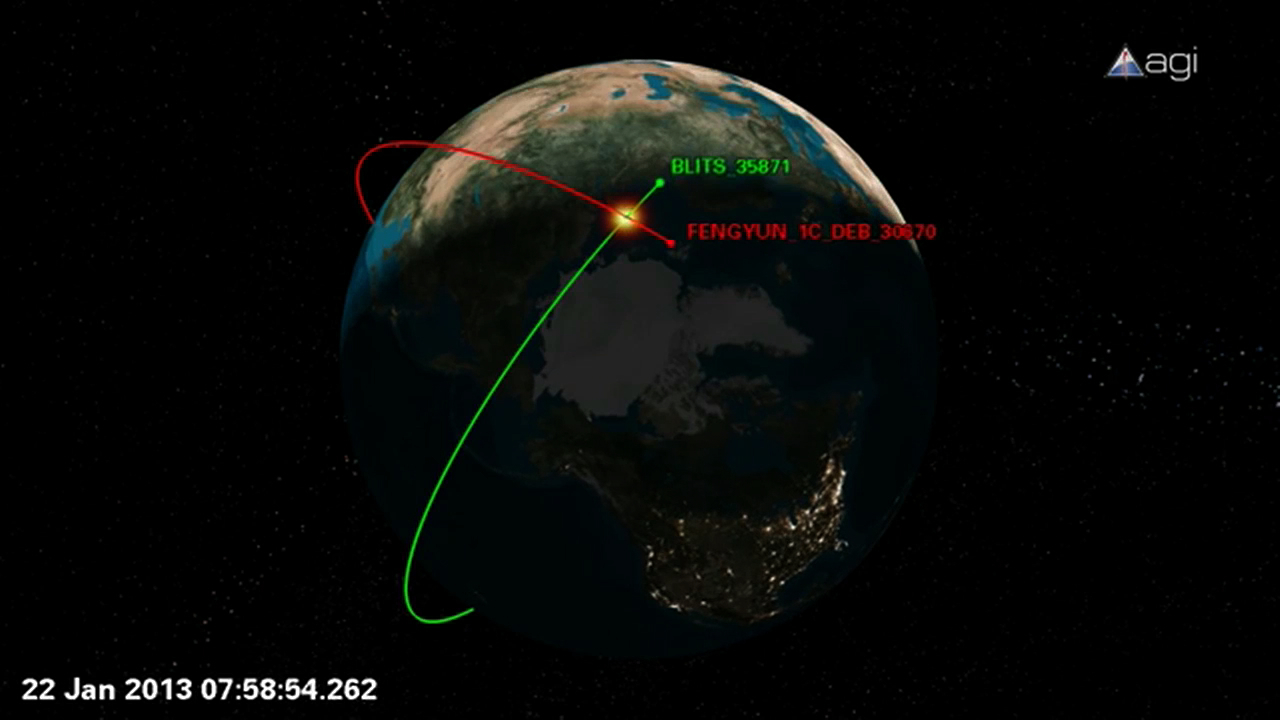
This story was updated at 1:10 p.m. EST.
The apparent destruction of a small Russian satellite six weeks ago highlights the growing threat space junk poses to activities in low-Earth orbit, experts say.
The satellite and space junk crash involved Russia's Ball Lens In The Space nanosatellite, or BLITS, which likely collided on Jan. 22 with a piece of orbital debris spawned by a 2007 Chinese anti-satellite test, SPACE.com reported Friday (March 8). The event adds another name to the list of spacecraft that have had run-ins with space junk.
"It's not the wake-up call — we've had too many of those already," said Brian Weeden, a technical adviser with the Secure World Foundation, an organization dedicated to the peaceful use of outer space.
"Many satellites in LEO [low-Earth orbit] are having to maneuver on a regular basis to avoid threatening close approaches with debris," Weeden told SPACE.com via email. "This is just one more data point that shatters the myth of the 'big sky' theory regarding space activities and shows that debris is one of the most pressing threats satellite operators in LEO have to contend with." [Watch the Animation: Russian Satellite Hit by Space Junk]
To illustrate his point, Weeden pointed to an article written in 2009 by David Wright of the Union of Concerned Scientists. Wright documents three previous known cases of an active satellite being struck by space junk — once each in 1996, 2007 and 2009 (when a U.S. telecommunications craft was destroyed by a collision with a dead Russian military satellite).
"Because of the large number of active satellites in space (more than 900) and the very large amount of debris, we estimate that a collision between a piece of debris larger than 1 cm (0.4 inch) with some active satellite in a near-Earth orbit would occur on average every 2 to 3 years over the next decade (prior to several debris-producing events in 2007, our estimate was a collision every 5 to 6 years)," Wright wrote. "The observed collisions in 1996, 2007, and 2009 seem to roughly agree with this estimate."
Get the Space.com Newsletter
Breaking space news, the latest updates on rocket launches, skywatching events and more!
The Chinese anti-satellite test was, of course, one of the "debris-producing events" in 2007 that Wright references. In that controversial test, China destroyed one of its own defunct weather satellites, adding about 3,000 pieces of space junk to the ever-growing debris cloud around Earth.
NASA estimates that this cloud contains 500,000 objects bigger than a marble and 22,000 larger than a softball. The number of flecks at least 1 millimeter in diameter probably runs into the hundreds of millions.
Even tiny pieces can seriously damage satellites, since the debris in LEO is zipping around our planet at fantastic speeds — about 17,500 mph (28,160 km/h). And space junk can put astronauts at risk as well. Despite its armor, the International Space Station is susceptible to strikes by objects at least 0.8 inches (2 centimeters) across, NASA officials have said.
The space junk problem is manageable right now, since satellite operators can generally safeguard their craft by taking minor precautions, said Don Kessler, the former head of NASA's Orbital Debris Office. Kessler has spent decades studying the issue, earning him the unofficial title of "Father of Space Junk."
But status-quo troubleshooting won't always be good enough to combat the threat, he said.
"The danger from debris is increasing and, without significant changes in the way we operate in space, those minor precautions will no longer be adequate, replaced by a need for major precautions," Kessler told SPACE.com via email.
"The most significant problem we currently face is coming up with a satisfactory long-term plan on how to manage future space operations," he added. "It will likely include the removal of objects already in orbit, as well as changing either the types of orbits in which we currently operate, or how we manage objects at the end of their operational life."
The 16.5-pound (7.5 kilograms) BLITS satellite launched in September 2009 as a secondary payload aboard a Russian rocket. The International Laser Ranging Service, which is headquartered at NASA's Goddard Space Flight Center in Greenbelt, Md., had been tracking BLITS as part of an experimental campaign on precision satellite laser ranging.
Follow Mike Wall on Twitter @michaeldwall. Follow us @Spacedotcom, Facebook or Google+. Originally published on SPACE.com.
Join our Space Forums to keep talking space on the latest missions, night sky and more! And if you have a news tip, correction or comment, let us know at: community@space.com.

Michael Wall is a Senior Space Writer with Space.com and joined the team in 2010. He primarily covers exoplanets, spaceflight and military space, but has been known to dabble in the space art beat. His book about the search for alien life, "Out There," was published on Nov. 13, 2018. Before becoming a science writer, Michael worked as a herpetologist and wildlife biologist. He has a Ph.D. in evolutionary biology from the University of Sydney, Australia, a bachelor's degree from the University of Arizona, and a graduate certificate in science writing from the University of California, Santa Cruz. To find out what his latest project is, you can follow Michael on Twitter.



